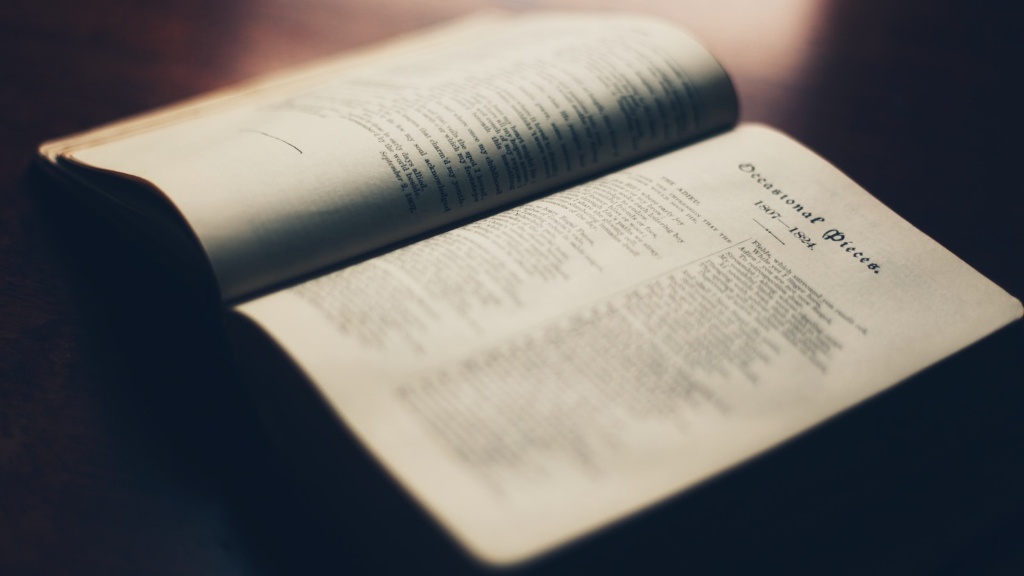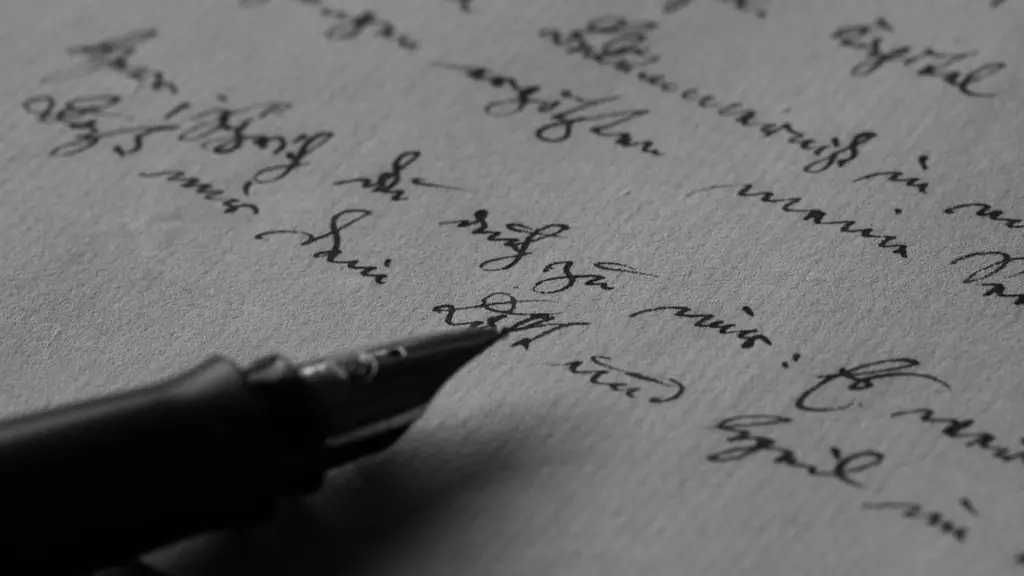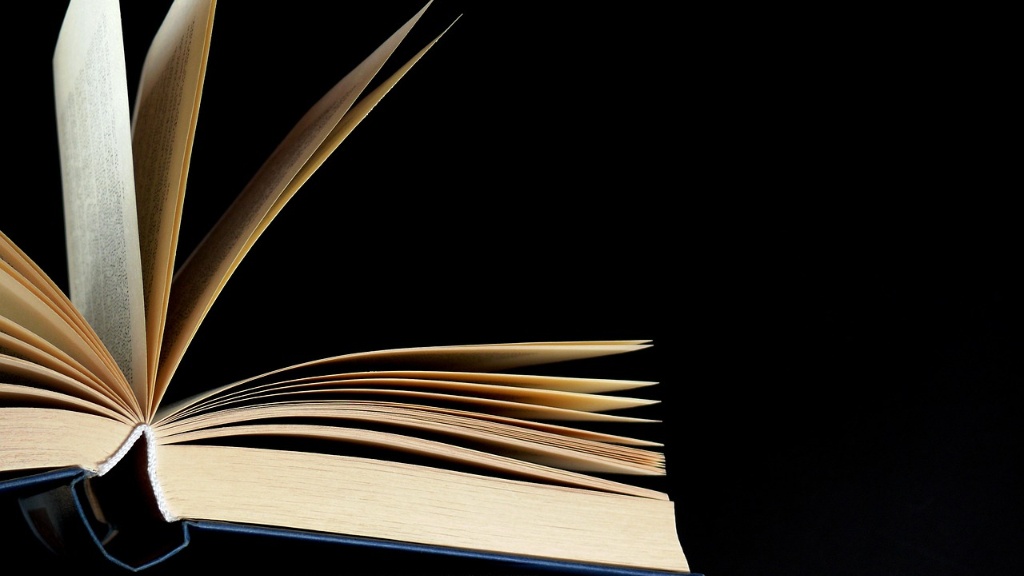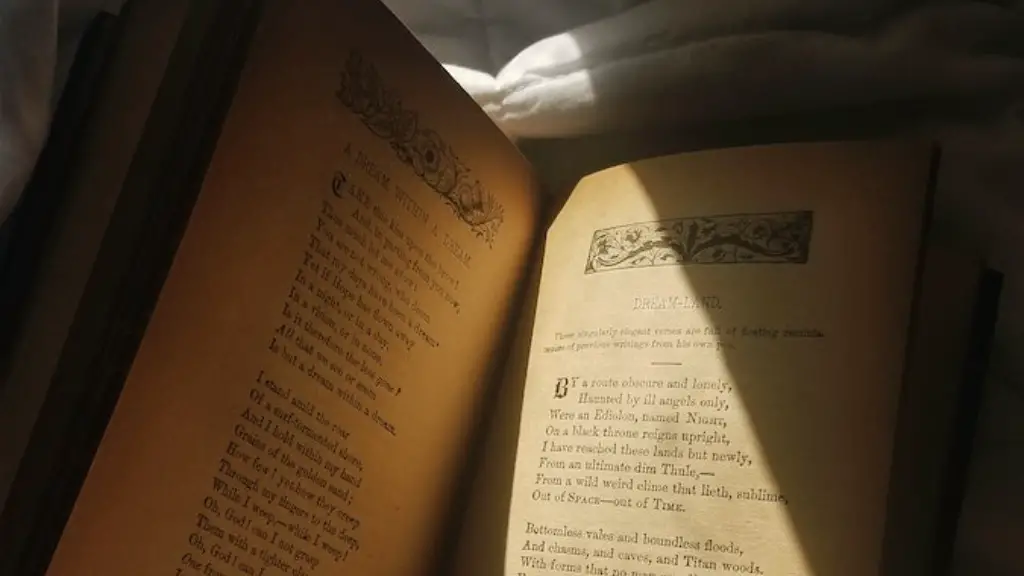Neoclassical poetry is a form of restrictive and structured poetry that developed in late 17th- and 18th-century England. It was a reaction to the luxury and excessive use of metaphors of the preceding Baroque era, which is why neoclassicists stressed simplicity and precision in the creation of poems.
Neoclassicists revered Homer and the fiction of classical antiquity, considering them models of perfect literary composition and creative excellence. Believing that perfection in language consisted of a harmoniously balanced system, neoclassicists adopted Samuel Johnson’s concept of grammar and sought inspiration in the works of Horace, Ovid, and Virgil, whose poetry they regarded as the gold standard.
The creators of neoclassical poetry sought to replicate the structure and organization of ancient texts in their own works, applying the same rigid style. This style was based on specific rules and was characterized by classical features, such as strict adherence to the rules of rhythm, rhyme, and uniformity of lines.
The neoclassical movement also affected other literary genres, such as plays, criticism, and politics. It imposed a level of popularity that threatened to efface the previous manner of creative expression. This, in turn, provoked a radical challenge from William Wordsworth, who developed a new poetic expression and ideology known as romanticism.
Ironically, neoclassical and romantic poetry manifested several similarities. For example, both forms focused on the subjective experience of the poet and the emotional quality of their works. Also, both types of poetry emphasized a natural, regular meter – the only major difference is that romantic poets preferred blank verse to other types of meter.
The influence of the neoclassical form can be observed in today’s poetry. This is particularly true of some aspects of language that are still in use today, such as alliteration, assonance, and rhyme.
Another distinguishing element of neoclassical poetry is the conscientious use of connotations. This was important to neoclassicists since traditional poetic forms required accentuation of certain words, generally through the use of affixes. This often gave neoclassicists access to the double meaning in words.
Following Meter and Rhyme
One of the key elements of neoclassical poetry is the use of metre and rhyme. Neoclassical poets confined themselves to traditional metre and rhyme schemes, many of which from the classical period. This was important to neoclassicists as a way to cultivate dramatic effect and create order in their verse.
In formal poetry, metre and rhyme provide a boundary for the poet to work with, namely in the form of stanzas and the number of beats in each line. To master metre and rhyme was considered an important skill for neoclassicists, since it served as the pulley that maintained the poem’s structure and meaning.
The strict application of traditional metres reminded of the importance of music and rhythm in poetry, a tradition that has endured since its origins in Homeric epics. Also, the orderly patterns of rhyme are believed to provide insight into the writer’s feelings or thoughts by providing a matrix structure in which words may be employed to form a picture.
Rhetoric and metaphors
The principal feature of neoclassical poetry is the amount of attention devoted to the use of rhetoric and figures of speech. Neo-Classical poets sought to create their works with a level of grandeur and eloquence, wielding rhetorical devices with skill to help the reader feel the emotions they wanted to communicate in their poems.
By far, the most important type of rhetorical figure employed by neoclassical poets was metaphor. Metaphors are not just a simple comparison between two things; they are often used to describe complex ideas, emotions, and characters. Both Homer and Virgil were famous for their use of metaphor, as neoclassicists included elements of ancient mythology in their write-ups.
Neoclassicists also added a great attention to detail in the use of imagery, expressing abstract philosophical and moral truths in vivid and concrete language. Images have always been the most important element of metaphor and the neoclassical poets did not neglect that. In fact, the dominant emotion of neoclassicists was admiration for the force of nature and its complex interactions, which are often depicted through natural imagery in their works.
Also, neoclassicists resorted to the use of allegory, which functions as a simple but potent rhetorical device. Allegories typically consist of a story that contains particular characters with different characteristics, set in a specific environment and engaging in predetermined actions. This typically allows the reader to engage in the interpretation of the poem’s themes, by making inferences on the characters’ actions.
Ideological Standpoint
The neoclassicists shared a fundamental assumption about the superiority of ancient Greece and Rome. They believed that these two civilizations had attained the perfect balance between sentiment and reason, an attitude that later became known as “the middle way”. This concept served as the basis of neoclassicism, from which the cardinal rule was derived: “Nothing in excess”.
At the heart of a neoclassical poem laid the neoclassical ideology, and the determination to implement a “rule-based” style of composition. As such, the neoclassicists believed that poetry should be composed according to objective rules that could be inferred from the works of ancient poets. If these rules were followed, the result should be a perfect poem.
The neoclassicists also adhered to strict ethical values, with morality playing an important part in their works. The concept of morality here was based on religious ideals, and was seen as a reminder of the importance of the individual’s adherence to the moral laws of society. Neoclassicists reflected those values in their poems, often underscoring the virtues of courage, justice, and humility.
The overall sentiment shared by neoclassicists was a belief in the importance of beauty, courage, proportion and order as ideals to be pursued and embodied in their works. Their need for perfection drove them to employ strict rules of metre and rhyme. Their desire for excellence inspired them to seek the special effects of connotation, by means of rhetoric and metaphor. Finally, their commitment to morality, virtue and order was infused in their poems, providing an illuminating meaning to each of their works.
Legacy and Influence
The neoclassical movement had a long-lasting impact on literature, giving rise to the so-called “classical period” that flourished in Europe until the 19th century. Neoclassicism was central to the classicist school of thought and had a lasting influence on Alberti, Samuel Johnson, John Dryden, and William Wordsworth.
Neoclassical poetry was not only an important part of literature’s heritage. It also had an impact on historic architecture, painting and sculpture. The ornamental antique, which flourished on tombstones and titles of books, sculptures, and art was neoclassical in style. Several characters depicted in Shakespeare’s plays embodied classical characteristics.
Moreover, many of the compositional elements used by neoclassicists, such as rhyme and metre, are still employed in poetry today. Its influence can be observed in both the traditional structures of sonnets, haikus or villanelles, and in the modernist poetry experiments of Wallace Stevens or Allen Ginsberg.
Ultimately, neoclassicism remains an important and especially relevant element of poetry and literature, as it opened up a space for more meaningful, emotional and psychological themes. It enabled a shift in perspective, one in which emotions and sentiment could be expressed while still maintaining an orderly structure and an attention to detail.
Language, Idioms and Satire
Neoclassical language was considered to be a purified form of ordinary language and was widely used to express beautiful and harmonious sentiments. Neo-classical poets also heavily employed latinized phrases and words, as a reminder of their reverence for the classical period.
In addition, neoclassicists travelled widely and admired the linguistic nuances of various regions and dialects. This was reflected in their work, as certain words, idioms or phrases from different regions could be found in their poems.
Surprisingly enough, satire was also an important element of neoclassicism, although this genre was not particularly popular in society. Satire, in fact, was often employed by neoclassicists as a way of raising awareness on important issues, such as the corruption of government or the effects of war.
Even though satire was frowned upon in some circles, many eminent neoclassical poets turned to it in order to convey their dissatisfaction toward certain social injustices. The famous mock tribute of Mark Akenside to a “son of fortune” is one such example.
The neoclassical era was an important period in the history of poetry, as it allowed for various experiments with structure, language and meaning. Most of the compositional rules still used in poetry today have origins in the neoclassical period, making it a core component of modern poetry.





